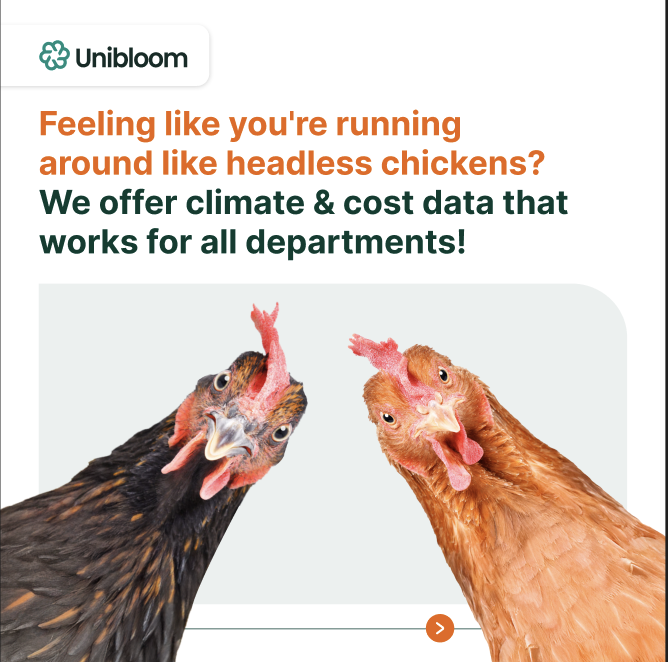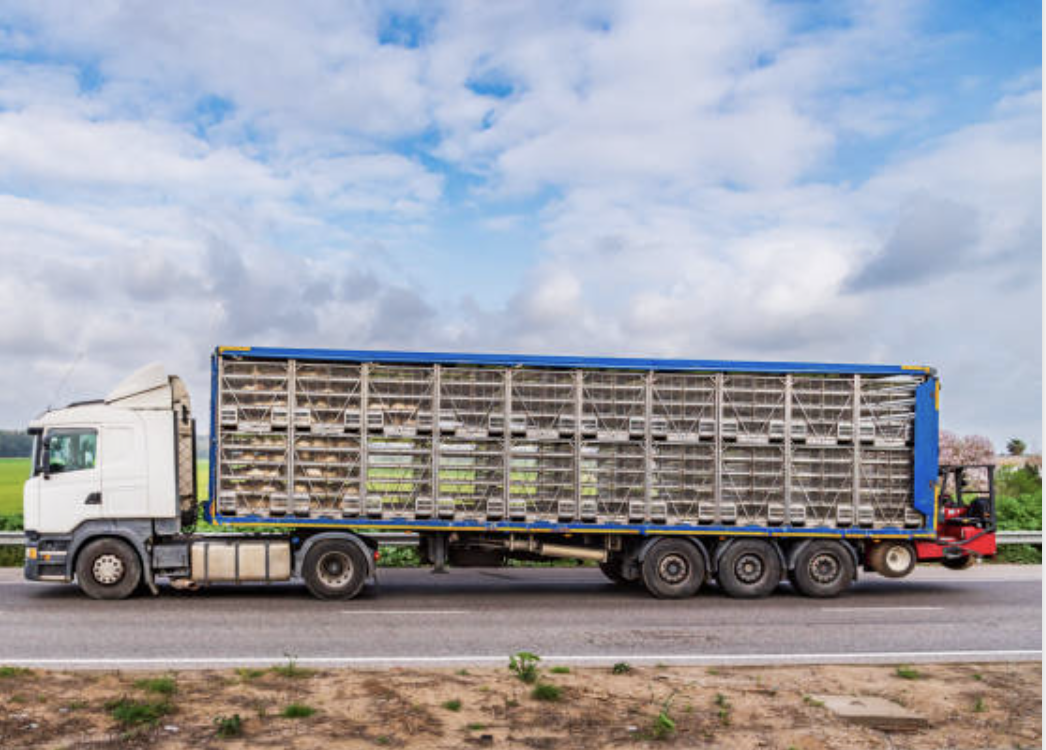Feed in livestock production is the new frontier: Cost, carbon, climate, and compliance optimised

In 2023, Europe consumed 91.1 million tonnes of pork, but EU pig production has been shrinking for three straight years. A major reason for this decline is feed. It accounts for around 40% of production costs, meaning even small shifts in price or supply can undermine profitability. Beyond cost, feed is also the biggest emissions driver in the livestock value chain, responsible for roughly 45% of total greenhouse gas emissions.
One key ingredient – soy – is at the center of this problem. It’s protein-rich, widely used, and often imported from regions with a high risk of deforestation. This creates serious cost and sourcing volatility. But even more pressing is the regulatory risk: the European Union’s new Deforestation-Free Products Regulation (EUDR) requires that all products entering the EU including feed ingredients must be proven to be deforestation-free. By 2025, this applies to medium and large companies, and by 2026, it will apply to all companies.
In short, feed is no longer just a farm issue. It’s a strategic risk that affects emissions, compliance, and the bottom line. The important factor driving feed decisions is still cost alone. Most stakeholders whether in procurement, farm management, or supply have detailed cost information at their fingertips. But when it comes to emissions, it’s a different story. Very few farm owners or suppliers can confidently tell or openly share the carbon footprint of the feed they’re using with their customers.
And without transparency across the supply chain, tracking down accurate emissions data is nearly impossible and model out alternative solutions of ingredients even harder.
But cost and emissions are only part of the picture. Any alternative feed strategy also needs to deliver on nutritional performance, something that’s far from simple. Key nutritional metrics like net energy, crude protein, and digestible amino acids are critical for healthy pig growth and productivity. Balancing these requirements while exploring lower-emission or more affordable options requires expertise in animal nutrition. This complexity often leads to missed opportunities or guesswork, delaying meaningful progress. This complexity with calculations and data modelled in spreadsheets makes it harder to make the right decision and choose the right solutions based on cost, emissions and nutrition.
If this sounds familiar, you’re not alone. Many sustainability professionals in the livestock industry are stuck trying to influence decisions without owning them. With limited authority and resources, it's hard to get procurement or production teams to look beyond price tags especially when compliance deadlines still feel distant.
That’s where Unibloom comes in. We’ve built a data & simulation digital tool that turns feed, ingredients, energy, transportation and all kinds of materials from a blind spot into a business opportunity. Our tool lets you instantly compare the emissions and cost impact of different feed ingredients including alternatives to soy, while ensuring that the nutritional performance is still satisfactory. It tells you whether a new blend still meets dietary requirements, how it affects cost, and how much it reduces emissions and then link it to your Scope 3 targets to compare impact of various initiatives towards your Science Based Targets commitment.
Don’t know what you should replace your soy with? Our AI assistant, Unibloom Scientist, offers scientifically validated suggestions, optimised and tailored to your region and feed needs which is validated by our in-house scientific team.
You also don’t have to do the convincing alone.. Whether you're talking to procurement, the farm manager, or the CFO, you’ll have real data to back your case and a shared view of the trade-offs.
With Unibloom, sustainability and procurement teams don’t have to guess work or discuss various data gaps. You can easily test new ideas, lead the conversation with facts with your suppliers, bridge the gap with other departments, and help your company stay competitive, compliant, and climate-aligned.
Let’s stop treating feed, materials and ingredients as someone else’s problem. With the right tool like Unibloom, it can be your biggest opportunity to save cost and reduce climate impact- fast and with confidence across your value chain.
Want to learn more?
Read our case studies with Unilever, ScandiStandard, GoodPop, Cloetta & Watch & Jewellery Initiative to learn how Unibloom helps food and agriculture companies digitise and accelerate the development of missing emission and cost data, develop new emission, risk, land-use, cost & biodiversity factors for innovative solutions and automate calculations using a library of pre-built models to simulate & compare various complex solutions to reduce both cost, emissions and keep nutrition at par.
By combining precise ingredient, nutrition/efficiency & cost data with ready-to-use simulations, our platform empowers sustainability, procurement, and innovation teams to:
- Quickly test and compare dozens of ideas
- Assess trade-offs across cost, nutrition, and climate impact
- Identify the best initiative to invest in at the right time
- Focus efforts where they will save the most emissions, land use, and costs across the value chain
- Collaborate and influence suppliers & suppliers suppliers on data =driven actionable insights, instead of chasing inaccurate or non-existing old data
Stop guessing and chasing inaccurate data for 2 years, act with confidence across the value chain in minutes and make optimal decisions to drive both business growth, profitability and climate reduction together.
Book a demo: anna.sandgren@unibloom.world or calendly.com/anna-sandgren
Watch a short video here



